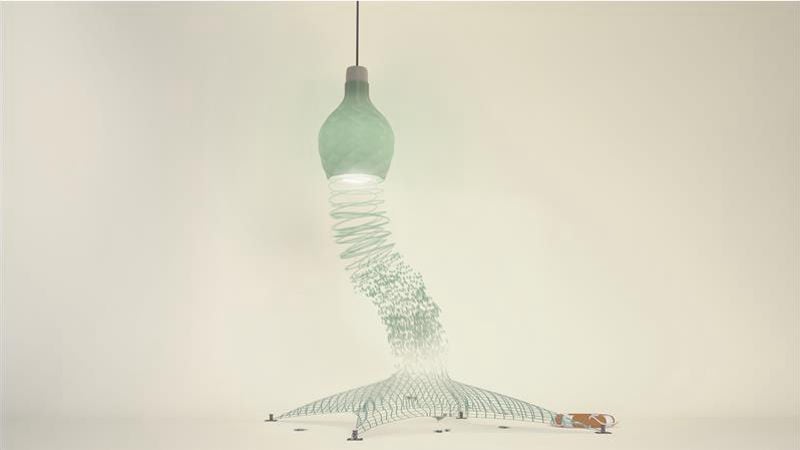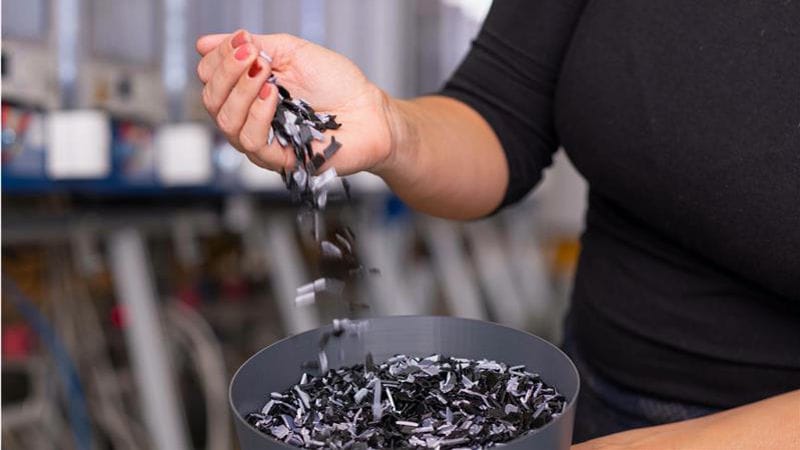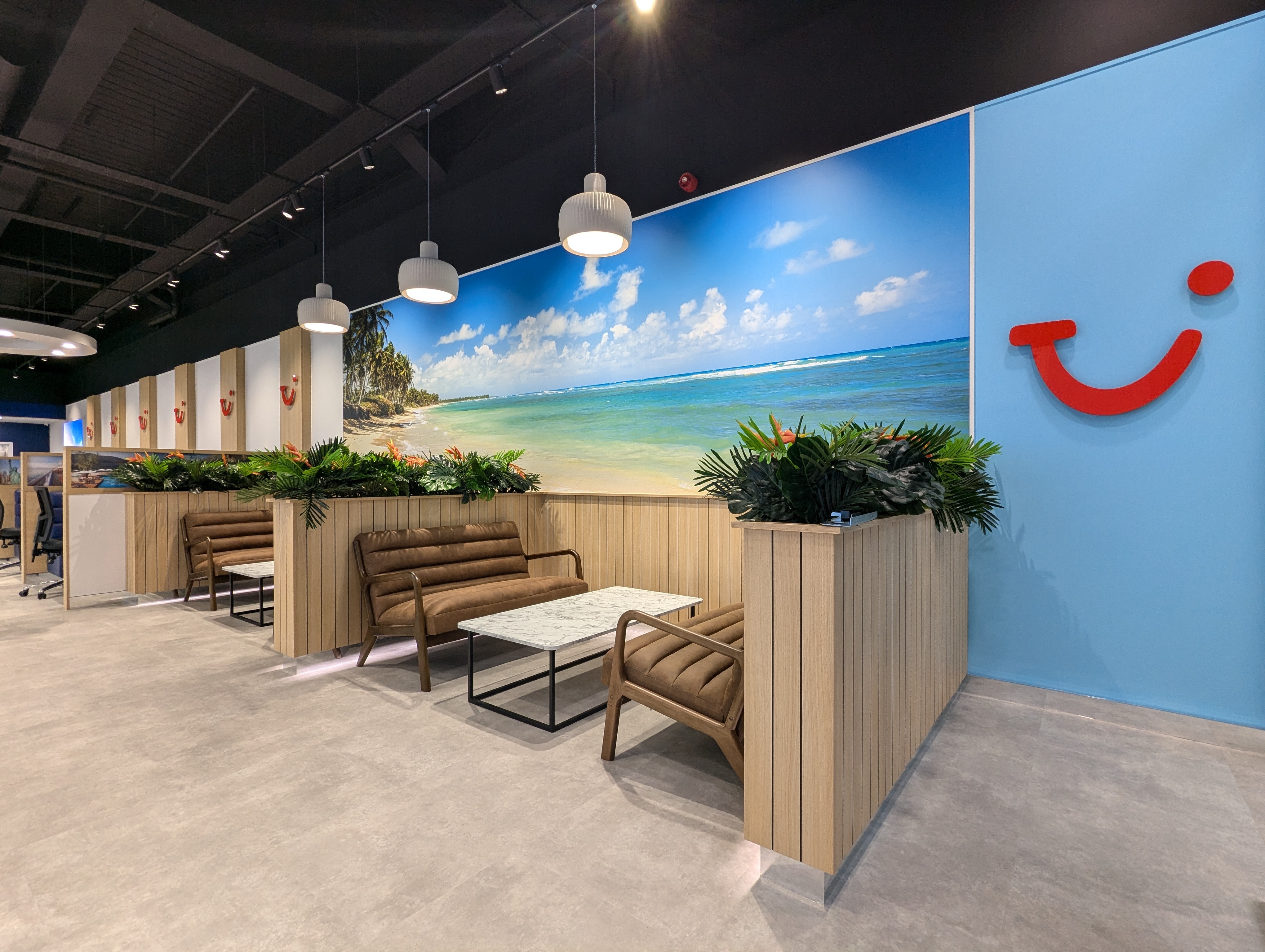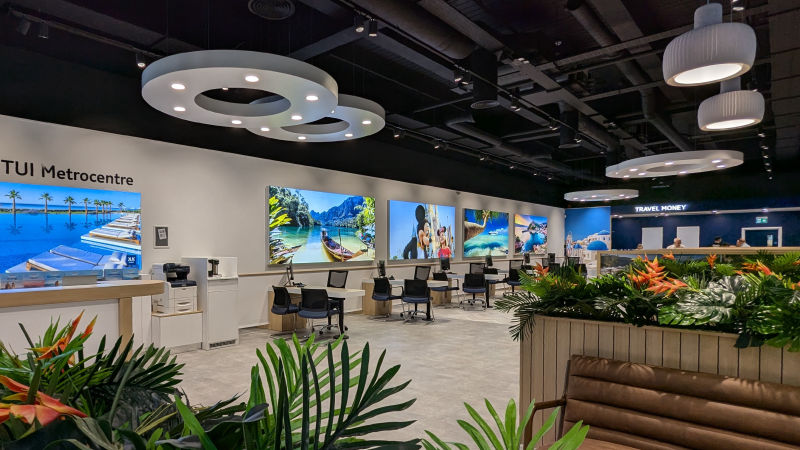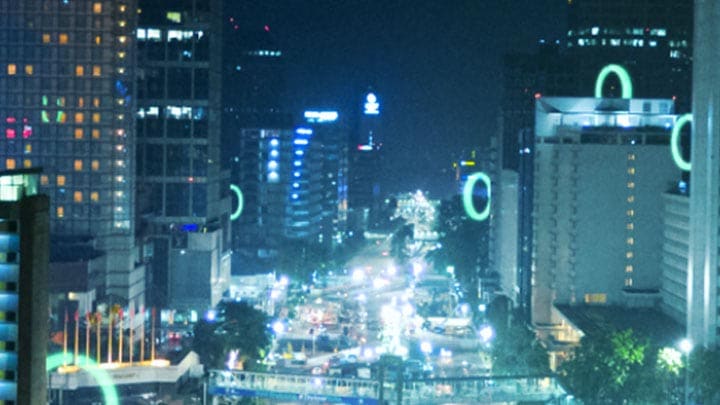3D printed luminaires make a strong case for sustainable business innovation. Lets dive right in.
Part of a circular economy: 3D printing is a highly flexible, more sustainable form of manufacturing, in which luminaires can be made with raw material that has already been recycled, tailored to the customer’s exact needs and recycled at the end of their life. In 3D printed luminaires, nearly every component may be reused or recycled – thanks to a consistent disassembly concept –, supporting the concept of a circular economy, which means moving away from linear production and consumption models, models where things are used for a short time and thrown away after use. Moving to 3D printing can, arguably, help us accelerate the shift to an economy that reuses resources wherever possible.
Good for the environment: An elementary component of ecological sustainability strategies is to move away from the use of virgin materials to produce goods. Using fewer fossil resources – and more recycled and bio-circular sources instead. 3D printing, be it constructing a house or printing lights, is the response. The answer lies in the transition to the exclusive use of mass balanced bio-circular, post-industrial recycled and post-consumer recycled material. The combination of these three sources will be required to meet the demand for sustainable raw materials.
At Signify, for instance, we produce all printed parts with at least 65% recycled or mass-balanced bio-circular plastics. This includes the use of recycled materials as well as bio-circular materials. For bio-circular materials, the entire supply chain is ISCC³ Plus certified. For example, sheets for car ports, swimming pools or illuminated advertising from the PIR waste stream. Or plastic bottles, aluminium cans, packaging material, CDs, and nylon recycled from fishing nets from the PCR waste stream. In fact, it is possible to use least 55% renewable or recycled content as input for the 3D printing process.
All printed parts are reusable and recyclable. We use no paint, no potting, no glue, and fewer screws for easy disassembly and to simplify recyclability. We cooperate with Collection & Recycling Operations (CRO) for end-of-life management. At the end of the product’s lifecycle, the materials can be easily broken down then simply shredded and recycled. What’s more, when compared with traditional luminaries, these innovative circular designs use no paint as the lamps are already pigmented, as well as less parts, and fewer screws.
Producing on demand instead of on stock: Make-to-stock (MTS) is a manufacturing method based on forecasted product demand. Once manufactured, products are kept in stock until they are sold. The alternative is called Make-to-order (MTO) which allows consumers to purchase products that are customized to their specifications. No inventory of finished goods is required, as only non 3D printed parts such as drivers or LEDs need to be stored – being able to use them for different products. This plays a huge role lowering CO2 emission rates and in designing a sustainable supply chain
